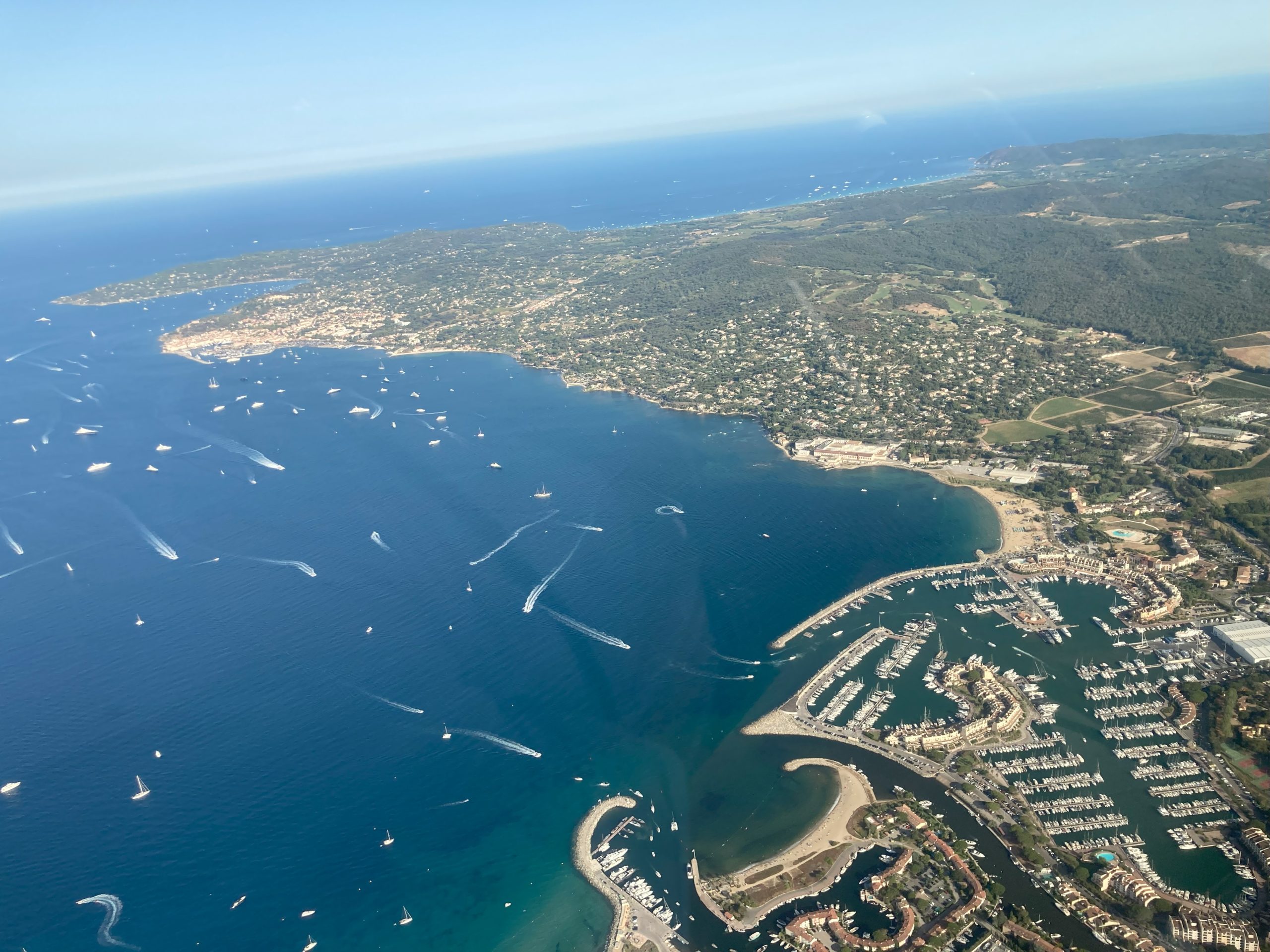
Pilatus PC12 | Access authorization & rating Saint-Tropez La Mole LFTZ
Discover the La Mole airport access training – LFTZ in Pilatus PC12
Rating at Saint Tropez La Mole airport is available all year round.
The aerodrome is located at the bottom of a steep and relatively narrow valley with numerous reliefs in the immediate vicinity of the runway, which creates particularities requiring the pilot to hold an authorization called “Access Authorization”.
To operate in Pilatus PC12, the pilot must have carried out a reconnaissance of the La Mole – LFTZ aerodrome on the PC12 class with an approved instructor.
This training is delivered in accordance with the latest regulatory requirements, by a team of qualified Pilatus PC12 instructors and examiners at LFTZ.
Course duration : 1 jour.
Validity of the La Mole – LFTZ authorization in Pilatus PC12: Have carried out 1 take-off and 1 landing as captain on the Pilatus PC12 class in the 24 months preceding the planned flight.
Training program
- Theoretical training: 2 hours
- History of airport of La Mole – LFTZ
- Environment (Topography and Airspace)
- Aerology
- Environment / Nuisances
- Multi-activity in the Saint Tropez Peninsula ▫Infrastructure
- Operational Exploitation
- Flight training: approximately 1.5 hours
- Reconnaissance of the La Mole environment (EM point, surrounding aeronautical platforms, zone limits, etc.)
- Several runway circuits (QFU 06 and QFU 24) including landings and go-arounds on the 2 QFUs.
- Carrying out instrument flight procedures for departure and arrival if pilot is IR qualified
Interested in another Pilatus PC12 qualification?
We also offer access training to the Courchevel altiport. Courchevel – LFLJ and the altiport of Megève altiport – LFHM




History of Saint Tropez La Mole LFTZ airport (from wikipedia)
On August 8, 1964, Count François Gazeau and Marc Den Bosch created alight aviation andbusiness airfield on the strip of land stretching between the then main road and the river. The runway was grass on land belonging to the owner of the Château de La Môle, Baron Charles Boyer de Fonscolombe, who agreed to rent it in memory of Saint-Exupéry, of whom he was a close cousin.
On March 15, 1973, the site was classified as “restricted use” in view of its special features, but was opened to the public at the operator’s request.2.
On May 30, 1983, the airfield was registered on list 3 of French aerodromes, in category D, for business, private and national travel aviation. Charles Boyer de Fonscolombe retains ownership of the land and entrusts its operation to a manager.
In early 1990, S.A. Aéroport du Golfe de Saint-Tropez modernized and developed the existing infrastructure at La Môle, to provide the Gulf of Saint-Tropez and Corniche des Maures region with a local airport that would complement the region’s major airports.
On July 30, 1991, the ministerial decree certifying that the airfield meets international aeronautical standards is published, and the site is brought into compliance with aeronautical easements. An agreement is signed with the French government, and the runway is no longer private, but remains open 365 days a year, from sunrise to sunset, with night flights prohibited.
In 1993, the runway was completely refurbished (25,000m2).
1994 saw the opening of the first regular international seasonal service to Geneva and then Zurich with the Swiss airline Crossair.
A new, more modern terminal, capable of handling between 150 and 180 passengers, was delivered in 1995 to support the development of both commercial and private traffic.
In the summer of 1997, Lufthansa entered the fray, announcing three scheduled flights to and from Munich.
In 1999, a service between Nice and Saint-Tropez was launched by the resident company“Air Saint-Tropez“, with five daily helicopter rotations.
In 2006, the new managers asked for the runway to be used in its entirety to accommodate more modern, quieter and less polluting aircraft.
In 2007, a new bar–restaurant and control tower are made2.
Saved from bankruptcy in the mid-1990s by the Michel Reybier group(wine and luxury hotels ), the international airport of the Gulf of Saint-Tropez (AGST) began specializing in business and high-end tourism in 2010.
On July 26, 2013, Aéroports de la Côte d’Azur (A.C.A.) acquired 99.9% of the shares in Aéroport du Golfe de Saint-Tropez (A.G.S.T.) owned by the Reybier group, majority shareholder for nearly fifteen years. The A.C.A group (shareholders: the Franco-Italian consortium Azzura“companies Atlantia SpA, Aeroporti di Roma SpA and Electricité de France” with 60% (shares bought back from the French State in 2016) – the CCI Nice Côte d’Azur with 25% – the Conseil régional de Provence-Alpes-Côte d’Azur with 5% – the Conseil Général des Alpes Maritimes with 5% – the Ville de Nice with 5%) is the second-largest French airport company after Aéroport de Paris.
Located between Cogolin and La Môle, Saint-Tropez international airport welcomes more than 4,500 aircraft, or more than 9,000 movements (70% of flights per year are private and 30% are commercial), for several thousand passengers per year (more than 8,900 passengers in 2018), with an attendance rate of 85 to 90% for the Easter period until the “Voiles de Saint-Tropez” (end of September, beginning of October). Alternative airports are Toulon-Hyères located 46 km away, Nice-Cote d’Azur 78 km away and Marseille-Provence 106 km away.